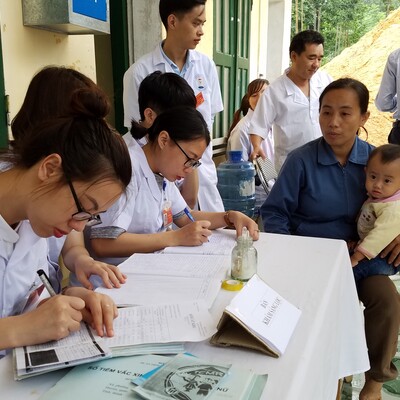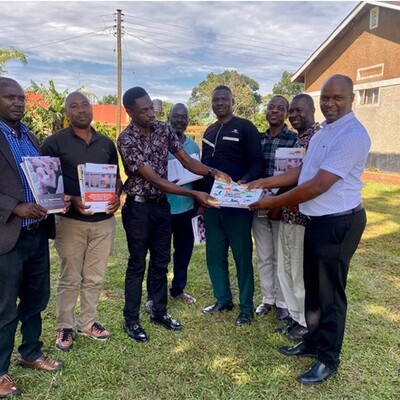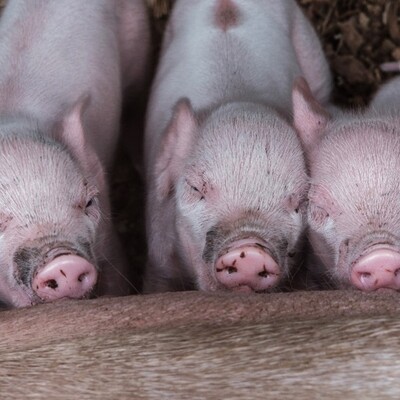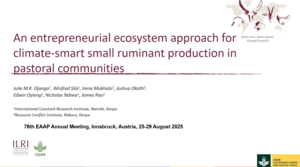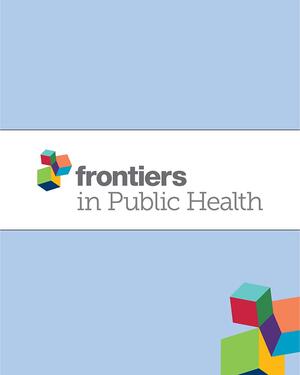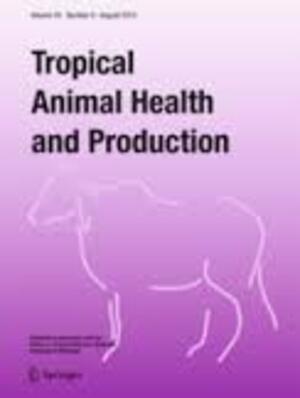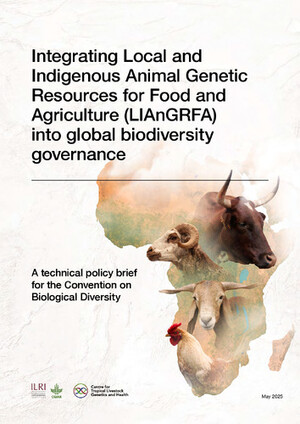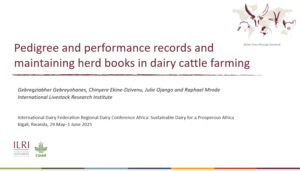
A livestock master plan is produced for India's Odisha State
The following is a foreword by Jimmy Smith, director general of the International Livestock Research Institute (ILRI), to a new ILRI report, Odisha Livestock Master Plan 2022/23–2026/27.
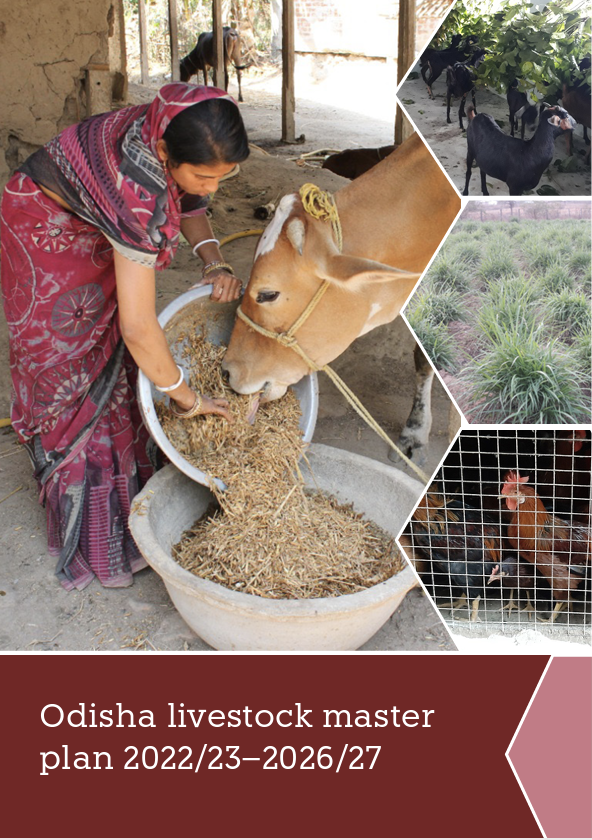
'The International Livestock Research Institute (ILRI) and its partners have, since 2013, provided technical support to interested countries in Africa and Asia to develop livestock master plans. A livestock master plan is an investment plan prepared to help governments identify, verbalize and prioritize their livestock development strategy objectives.
The plan is designed as an evidence-based quantitative analysis of the livestock sector, including a baseline livestock sector analysis, a 15-year livestock sector strategy, and a five-year sector investment plan. This includes financial and human resource analysis and a budget that guides the development of a country’s sustainable livestock sector.
'The Odisha livestock master plan initiative began with an aim to provide an investment plan which would complement the livestock sector development budget in a bid to help further modernize the livestock sector, enabling it to make an even more substantial contribution to the state’s development goals. I am delighted to note that we now have a comprehensive document to facilitate the development progress of the livestock sector.
'In Odisha, livestock is an important economic activity only next to crop farming, with over 80% of the rural population owning livestock, which generates up to 30% of their income. Although crop production is the principal activity, livestock is an essential secondary income source for many small-scale, marginal and landless farmers, who may own only a few animals.
This initiative is intended to help increase appropriate investments in the livestock sector and boost livestock contributions while streamlining and regulating the sector.
'The livestock master plan will also inform the development planning of the government of Odisha and other agencies within its livestock sector, development partners/donors, non-governmental organizations, civil society organizations, private sector actors and development banks. It offers alternative investment technologies and innovations that, when combined with effective policy changes, will spur the state’s comprehensive and sustainable development by attending to the recommended interventions, investments, policies and institutions needed to develop the livestock sector further.
'The choice of livestock value chains is informed by their significance in contributing to the state’s development objectives.
The priority livestock value chains within the Odisha livestock master plan are dairy, poultry, sheep and goats.
'The livestock master plan is expected to provide a more detailed and complete set of value chain investment and development plans, which will, in return, help to achieve the broad targets of the livestock road map.
'This work has been generously funded and supported by the Bill & Melinda Gates Foundation through Samagra Governance, and was undertaken by a joint team of experts from the Odisha government institutions—the Fisheries and Animal Resources Department, veterinary college, district officers—in collaboration with ILRI livestock and planning experts.
'Four nations, namely Ethiopia, Tanzania, Rwanda and Uzbekistan, as well as the Indian states of Bihar and Odisha have, over the years, benefitted from ILRI’s expertise in developing livestock master plans, some in collaboration with the Food and Agriculture Organization of the United Nations and the French Agricultural Research Centre for International Development. The Gambia and Kenya are among those that are currently developing livestock master plans.
'ILRI will continue to partner with governments and related livestock stakeholders to establish and build strategic partnerships that unlock catalytic investments, critical for the successful implementation of livestock master plans. This work responds to the growing demand from governments, donors, and the private sector for empirical guidance on where best to invest in the livestock sector. Now it is upon public and private livestock sector actors in Odisha State to take up the plan and invest in sustainable livestock solutions.'






